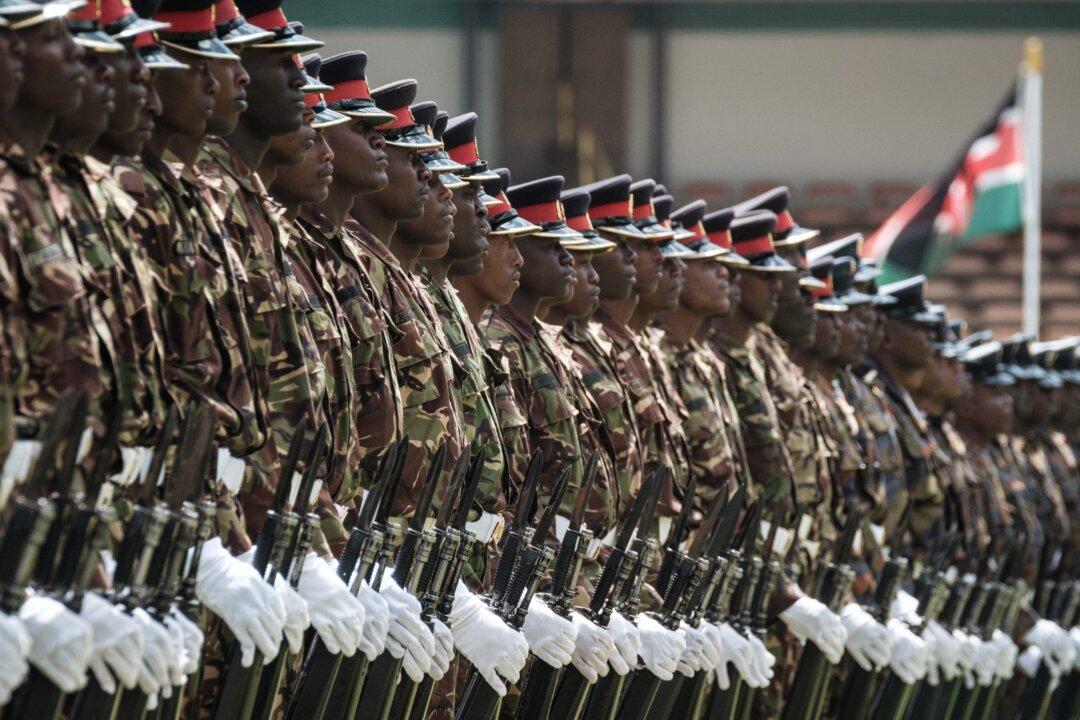NAIROBI, Kenya—The deaths of five Kenyan security personnel in a recent attack by Somali terrorists has put the suitability of armored personnel carriers purchased from China under renewed scrutiny.
For the past nine years, Kenyan soldiers, along with African Union troops (AMISOM), have been battling the Somali militant group Al-Shabaab. The conflict began after Al-Shabaab abducted tourists and humanitarian workers along the border.





